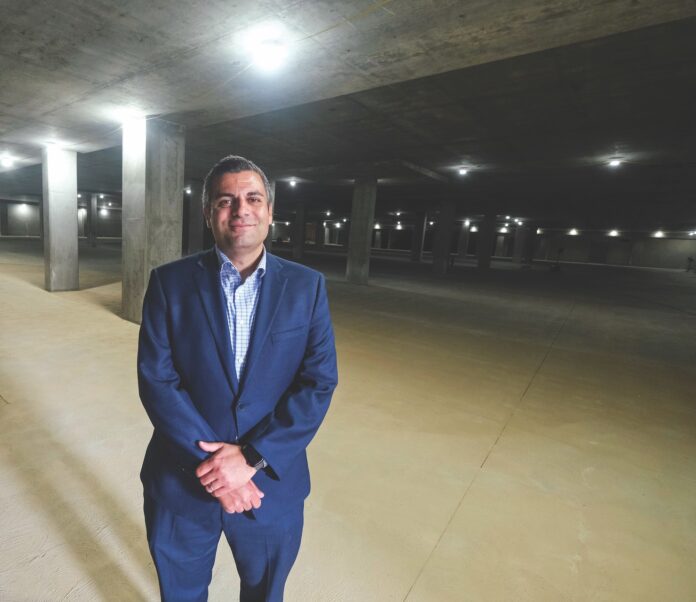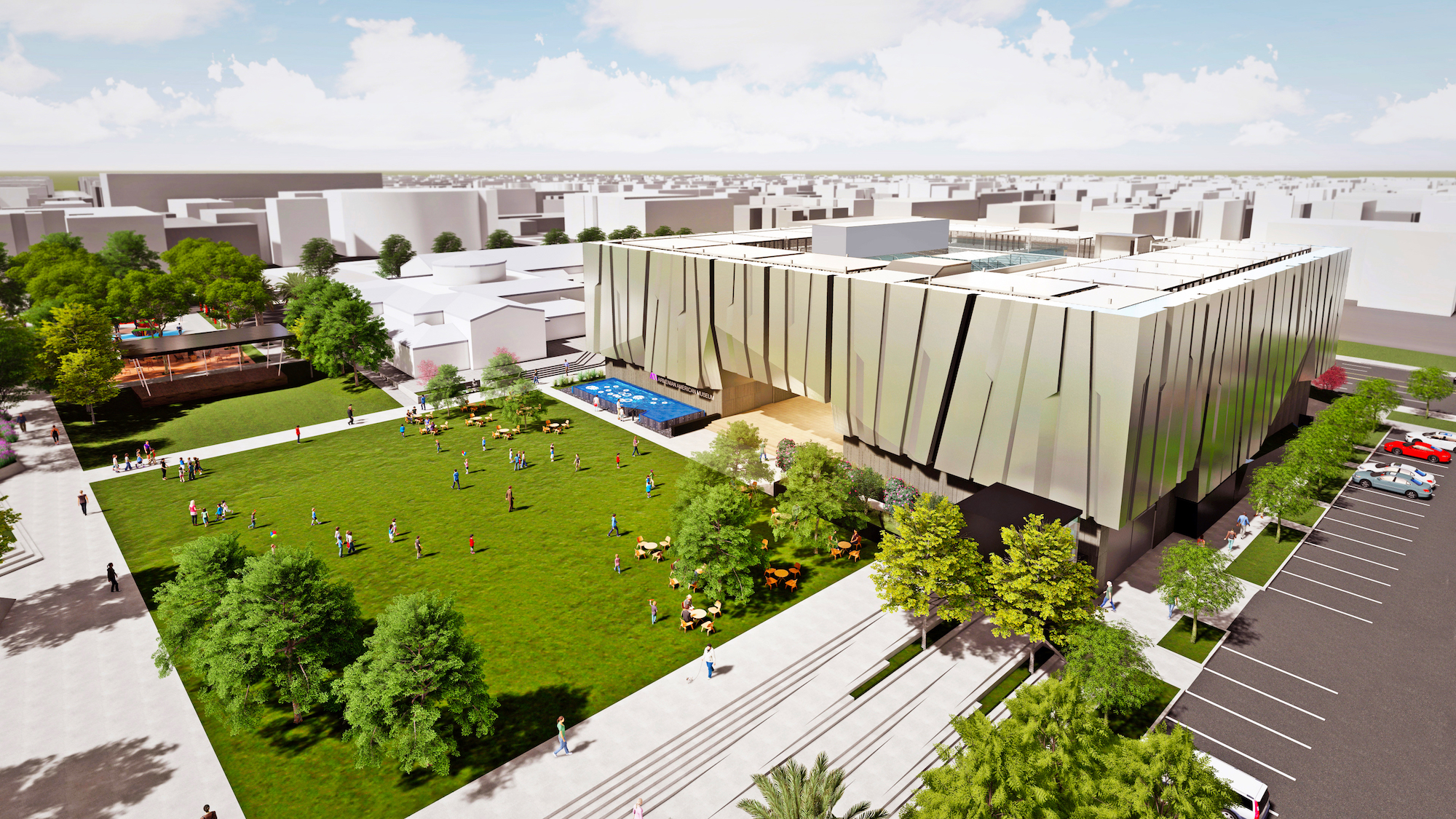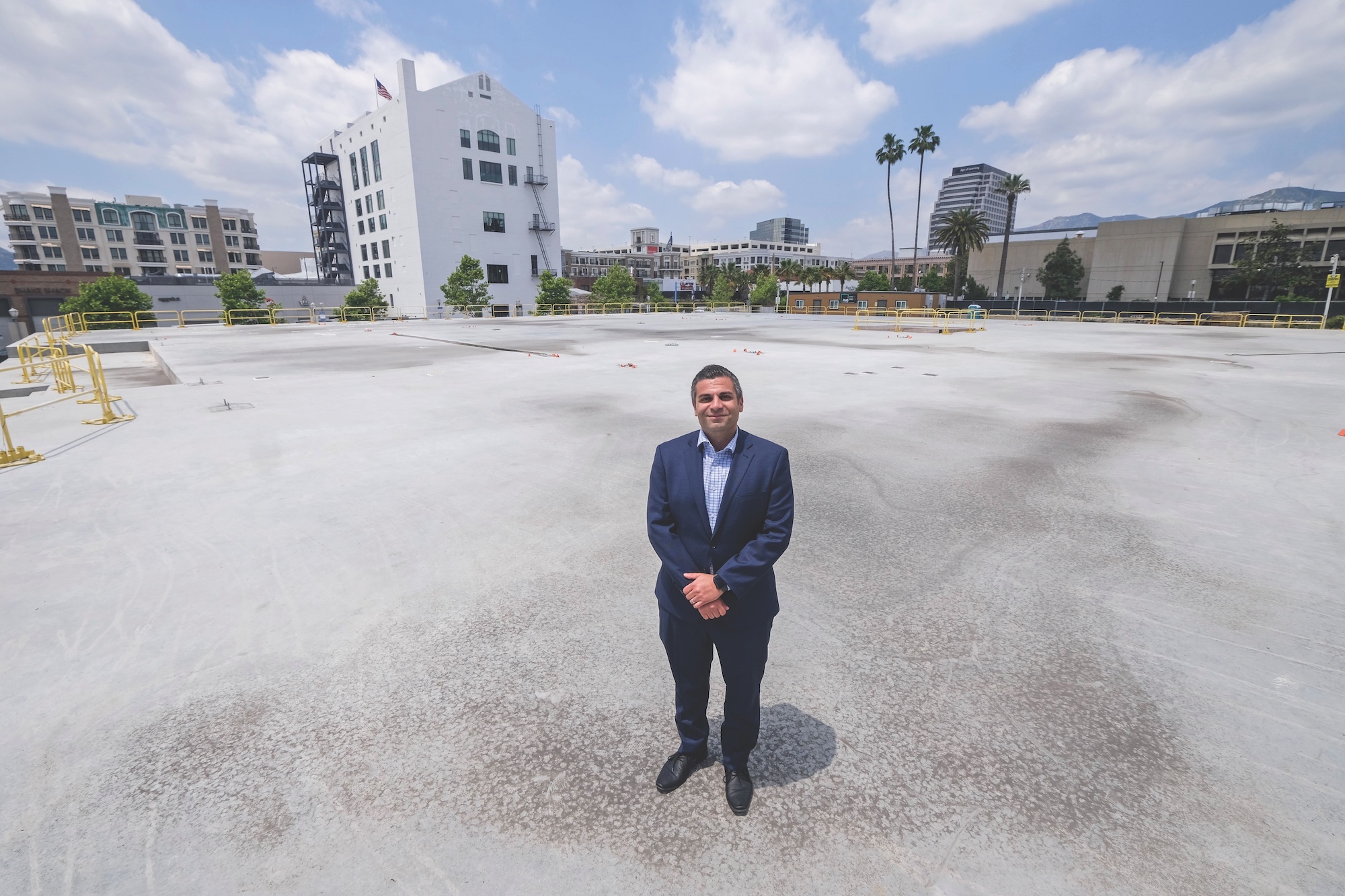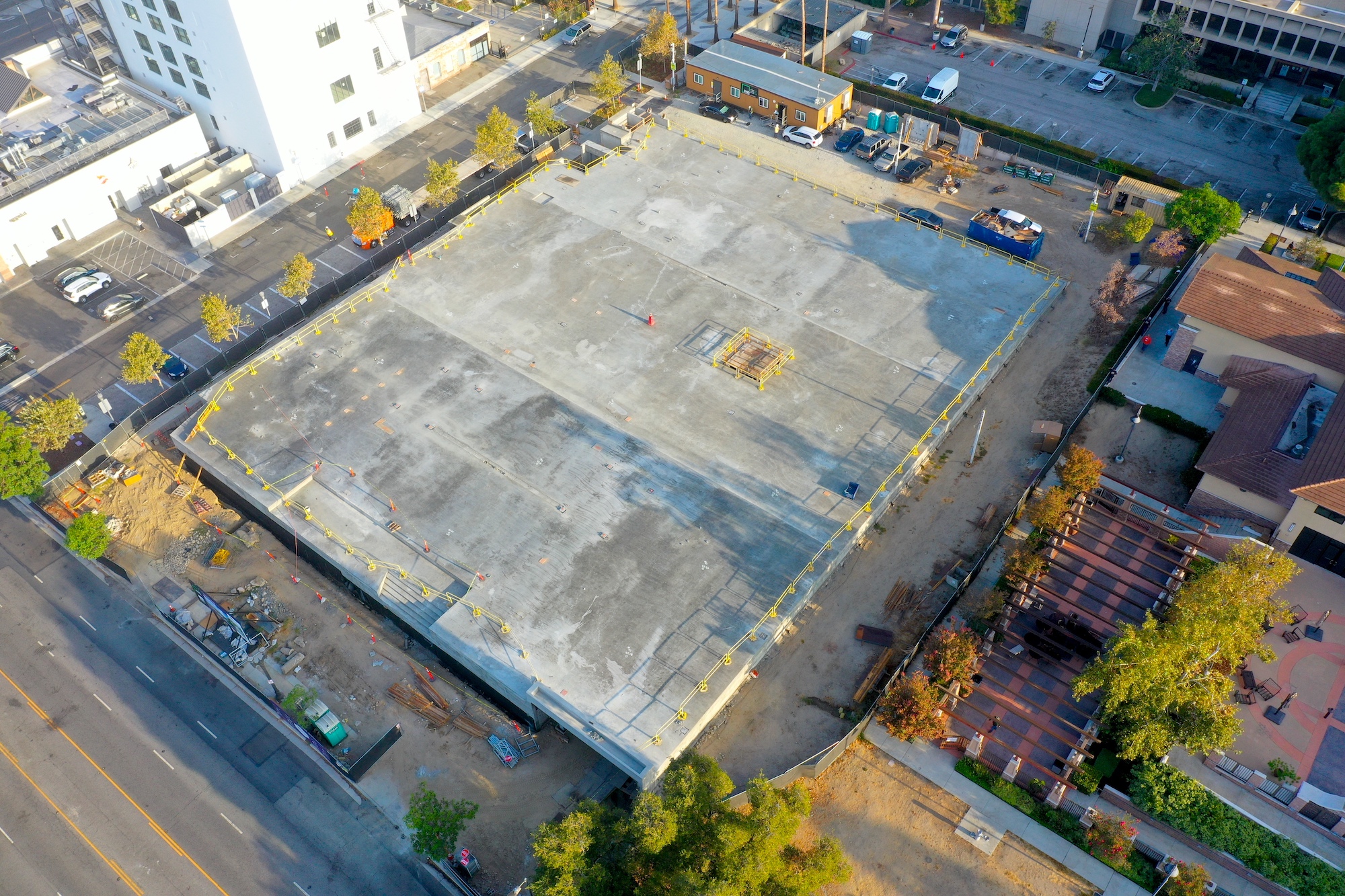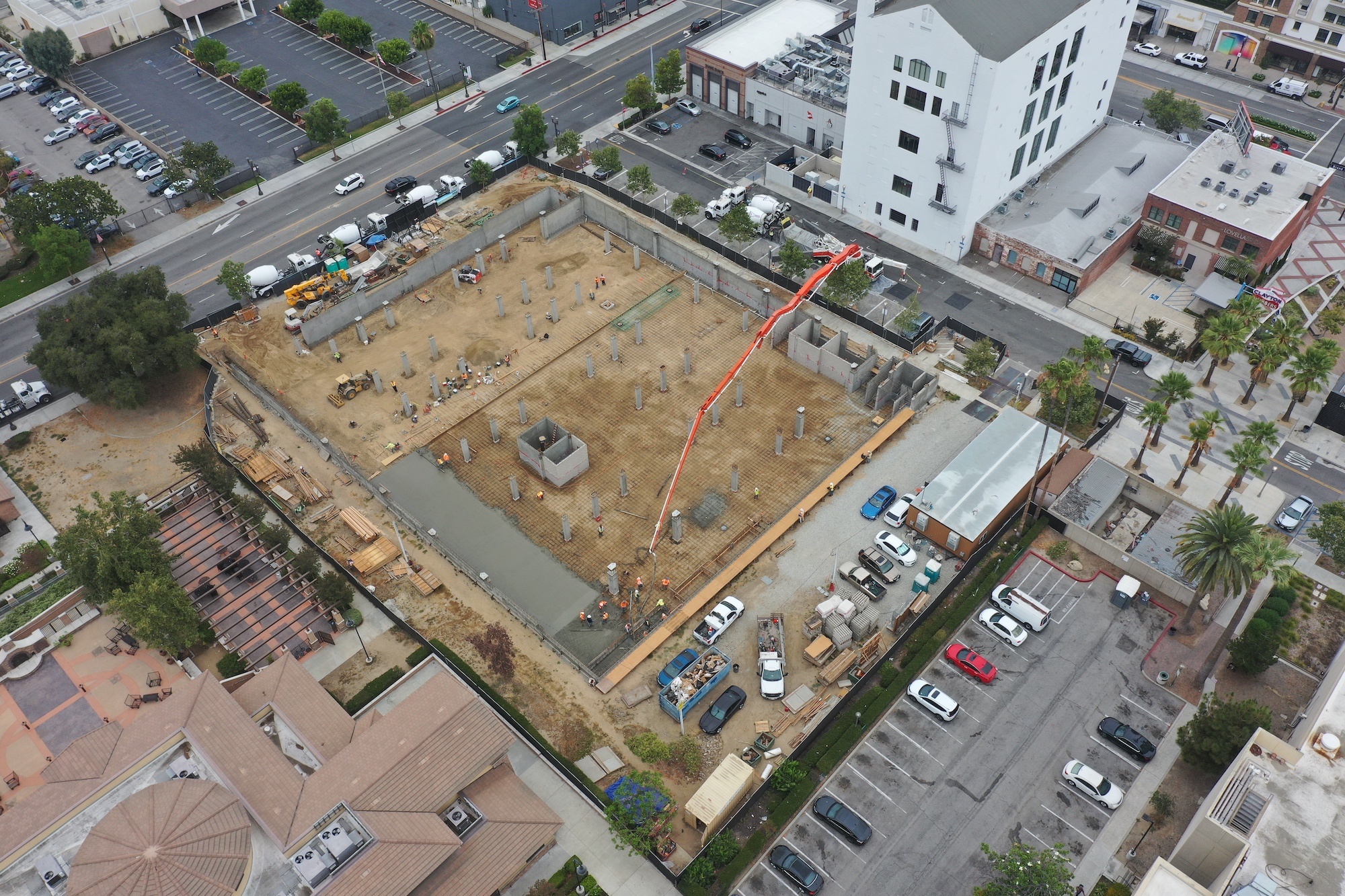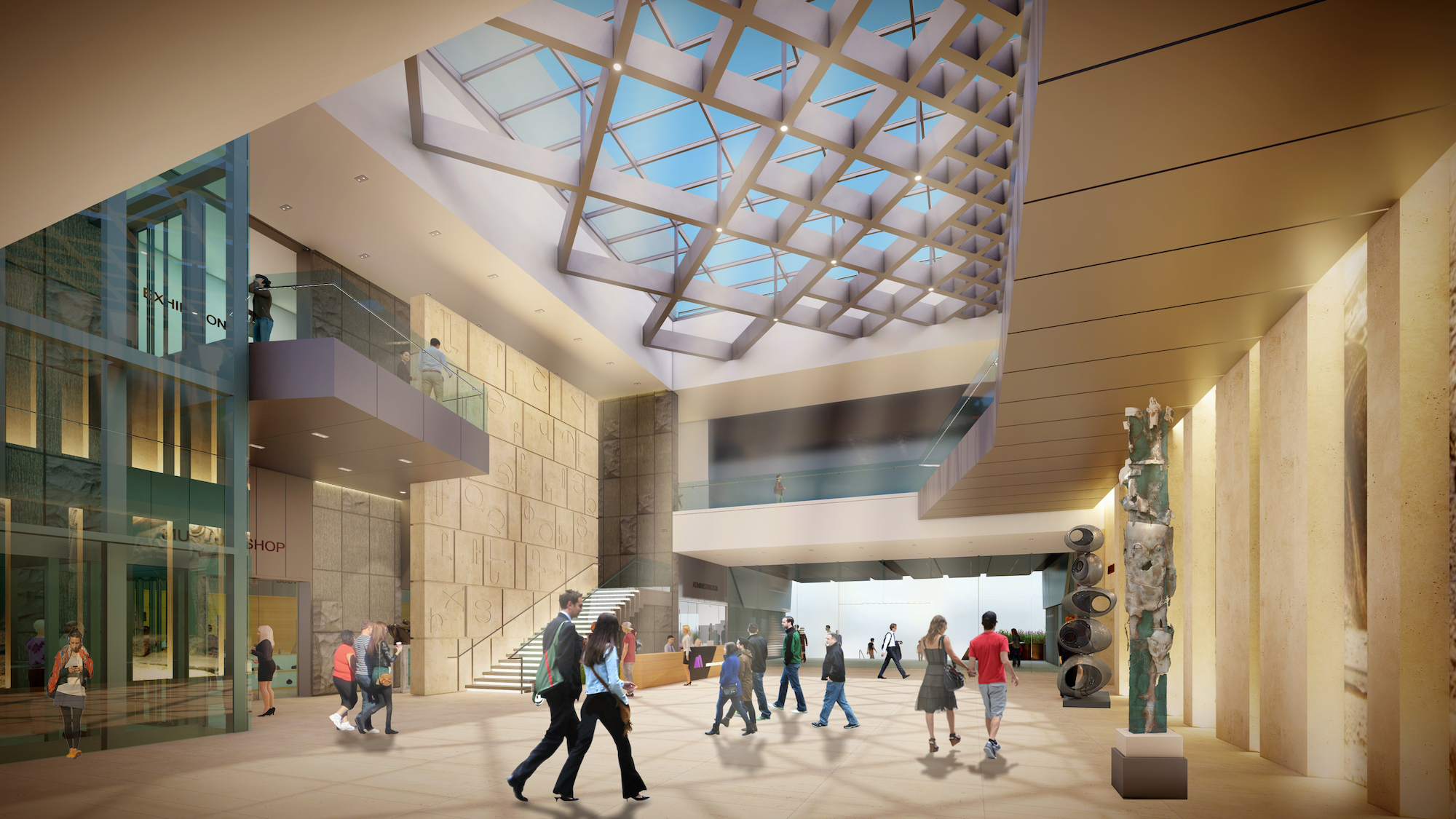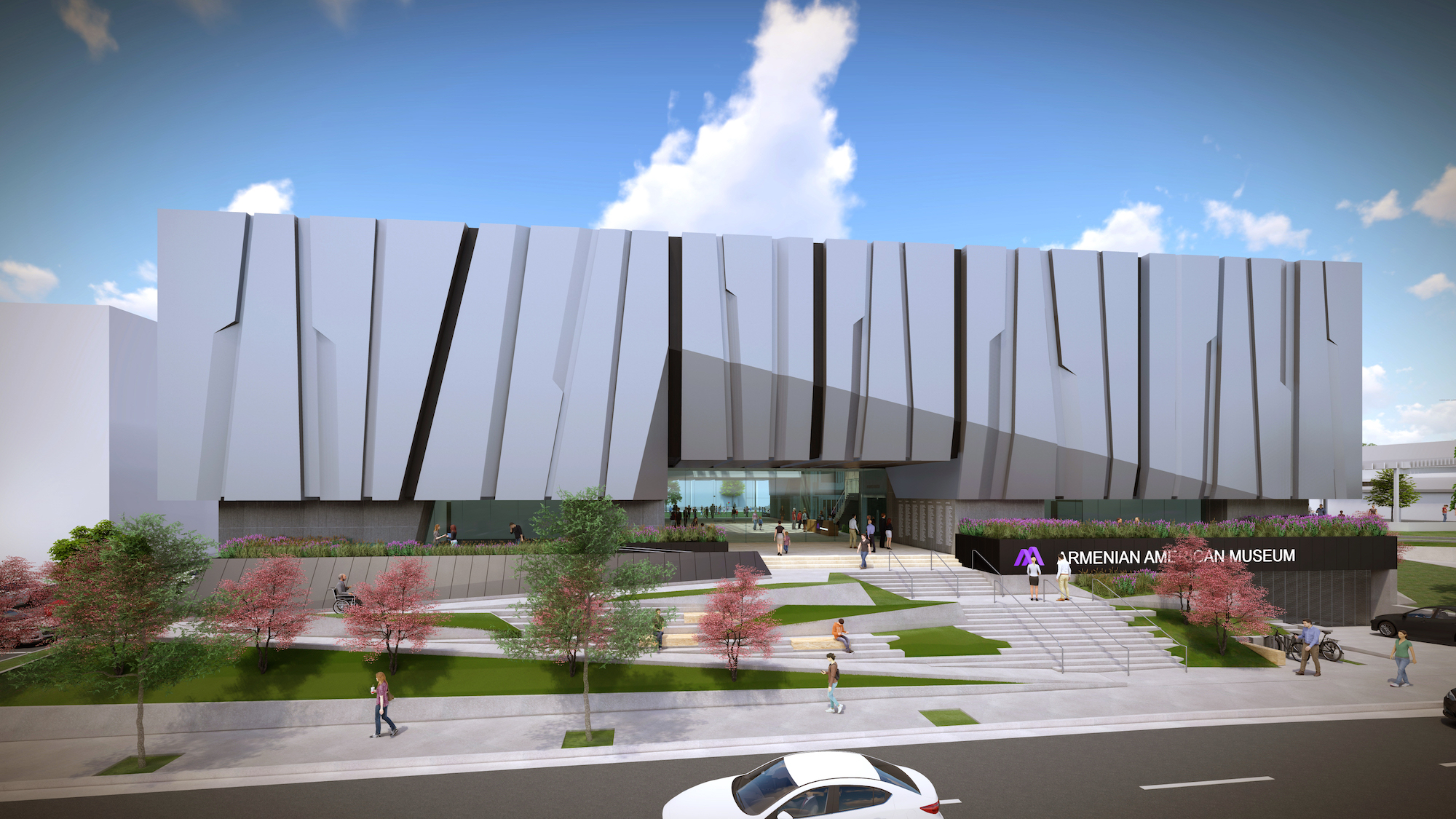From its inception, the Armenian American Museum and Cultural Center project in Glendale has garnered a wealth of support from local residents, public officials — and the business community.
For many of those business owners, the cause is personal, a classic American story of giving to the community that allowed them to live a successful life after immigrating here.
“Through my success, I’ve reached a point where I want to give back to the community,” said Kevin Kevonian, president of Valencia-based home furnishing importer and distributor Armen Living and a major donor to the project, “and I’m fortunate enough to have a wife who shares my vision. We’re aligned in our mission.”
After breaking ground in 2021, the museum is slated to open its doors in 2025. Its planners hope it will become a signature museum space in Los Angeles County, home to a living history of the Armenian diaspora and other local communities who wish to exhibit or perform there about their own cultures.
“It is exciting to see the entire community come together to support a project that is primarily intended for education, cultural enrichment, but also recognizing the significant impact it’s going to have on the local community, Glendale businesses and quality of life,” said Shant Sahakian, executive director of the museum. “The business community is one of the key partners to have stepped up and provided support financially but also in terms of spreading the word and spreading awareness for the project.”
Easy sell
When he received a mailer in 2018 about the then-potential museum and inquired further about it, Kevonian said it was an easy sell.
Among a worldwide Armenian diaspora, a large number reside here in the United States. And California, especially Southern California, is where they have become most influential.
“The U.S., in particular, has been a safe haven for many of us, providing security and opportunity. Those are the primary two benefits,” Kevonian said. “I think for us, this museum is a way to celebrate America through our lens, through the Armenian experience, and to show our gratitude to this great country that has provided us so much.”
The Kevonians donated $1 million to the project. The family name will be associated with the institution’s gift shop.
“We made a concerted effort to sacrifice for a cause that we feel strongly about,” he said. “For a donation to be meaningful, it has to be a sacrifice, at least a little bit.”
Sahakian said it has been helpful for the project’s development to garner the support from local entrepreneurs, who can be influential.
Of the $35 million construction budget, $19.6 million has come through state funding following successful lobbying efforts from state Sen. Anthony Portantino, Assemblywoman Laura Friedman and then-Assemblymember Adrin Nazarian. The Los Angeles County government kicked in $1 million courtesy of Supervisor Kathryn Barger, and Congressmember Adam Schiff secured $950,000 in federal funding.
The rest has come from fundraising and donations — and one business chipping in opens the door for others, Sahakian said.
“It has a major impact because what it does is that it helps attract other members of the business community and other leaders to help us contribute to realizing this vision of a cultural center in the community,” he said.
Business donors
“Certainly, the Armenian American community is playing a significant role in promoting the project, but we have a lot of businesses who have significant number of employees of Armenian descent. We also have a number of businesses here who recognize that a lot of their customers are Armenian and are looking for ways to support that community.”
Other business-affiliated donors include City of Industry-based Athens Services as well as the Massis Kabob restaurant chain and Pacific BMW dealer, both based in Glendale.
Phase one of the museum’s construction — what will essentially be the subterranean portion — is complete. Now, the work will rise upward, where two stories and 50,820 square feet of museum space will be built. The general contractor is Irwindale-based PNG Builders and the principal architect is Glendale-based Alajajian Marcoosi Architects.
The facility will include permanent and temporary exhibition space, as well as an archives center, auditorium and demonstration kitchen. While much of the education and news coverage on Armenia and Armenians relates to the genocide perpetrated upon them by the Ottoman Empire during World War 1, this museum promises to paint the whole picture — it being the first nation to adopt Christianity, its involvement in the Silk Road and the Crusades and how the diaspora has integrated with its new communities.
“Of course, you have the genocide, which is a big unfortunate portion of our history,” said Gevik Baghdassarian, co-owner of Massis Kabob, “but they’re focusing on the present, what Armenians have accomplished in this country, how they’ve become American and benefitted this country and from this country.”
The United States shines as a special beacon for many in the Armenian diaspora, in many cases for its relative stability as a refuge. Other nations that have historically housed pockets of Armenians — Iran, Lebanon, Syria — have periodically experienced instability that created a new stream of refugees. As examples, Kevonian’s family immigrated here in 1975, during the Lebanese Civil War, and his wife’s family from Argentina during its so-called Dirty War.
“We’re spread out across the world, but half of the countries that Armenians immigrated to had turmoil of their own. Many of us were forced to move again,” Kevonian said. “America has been able to bring all of us together, and I think the museum unifies us even more.
“From the original communities in Fresno 100 years ago to the more recent ones down in Southern California, the state has been very good for us,” he added. “We care about our new homeland.”
For local Armenian families, the museum exhibits will not necessarily be anything new or different. Rather, it’ll be a way for others to learn about Armenian history and, through its temporary spaces, even a way for other minority groups to explore their own histories.
However, it may also be a draw for those still living in Armenia or in other nations. Sahakian said people constantly reach out from overseas inquiring about the museum, which he is hoping to turn into “part of their journey as a must-visit” whenever they visit family here or come as tourists.
“We know that there are a lot of people that are itching for the day that we are open and can start welcoming people,” he said.
